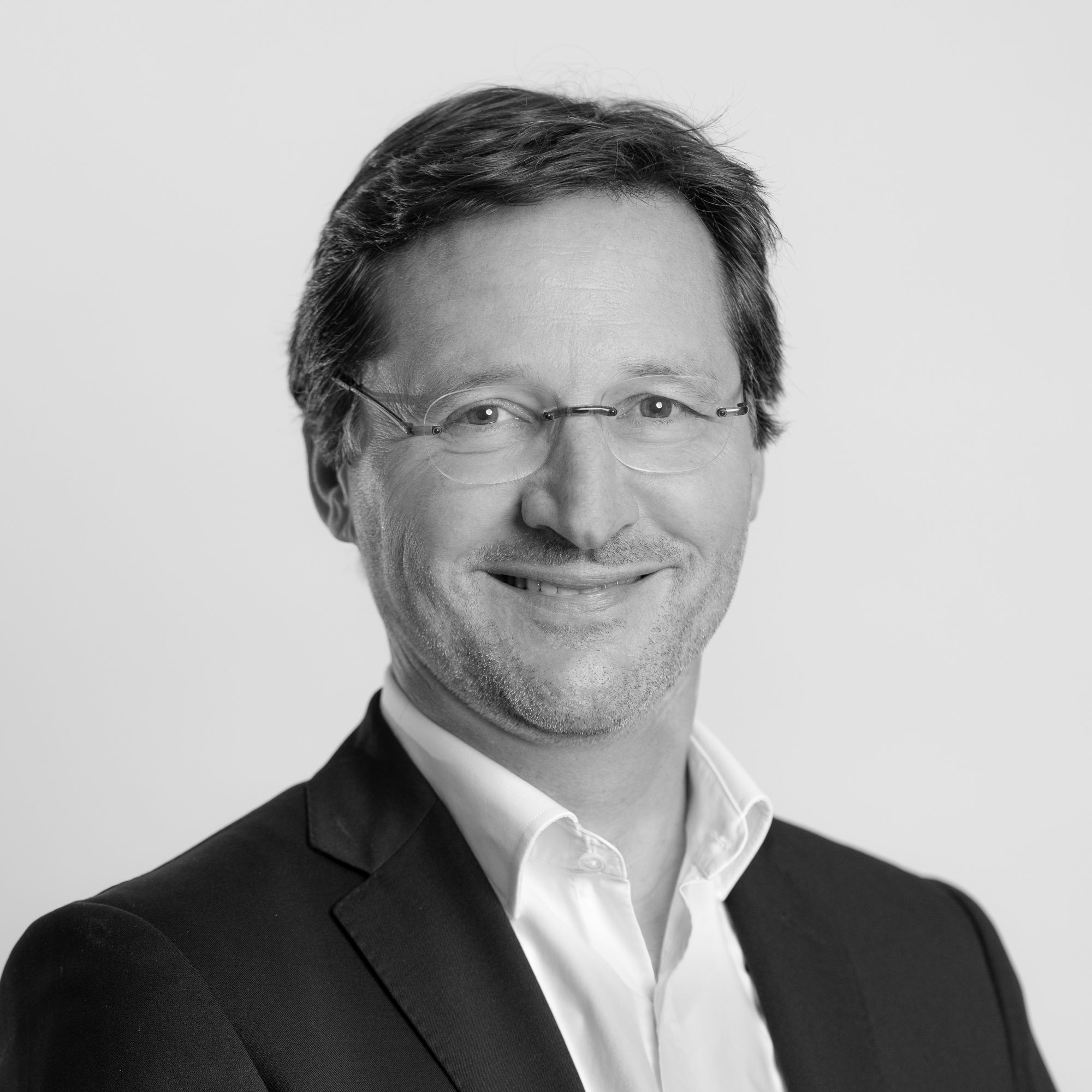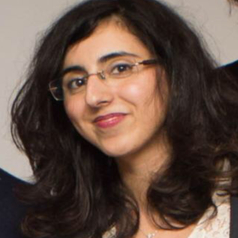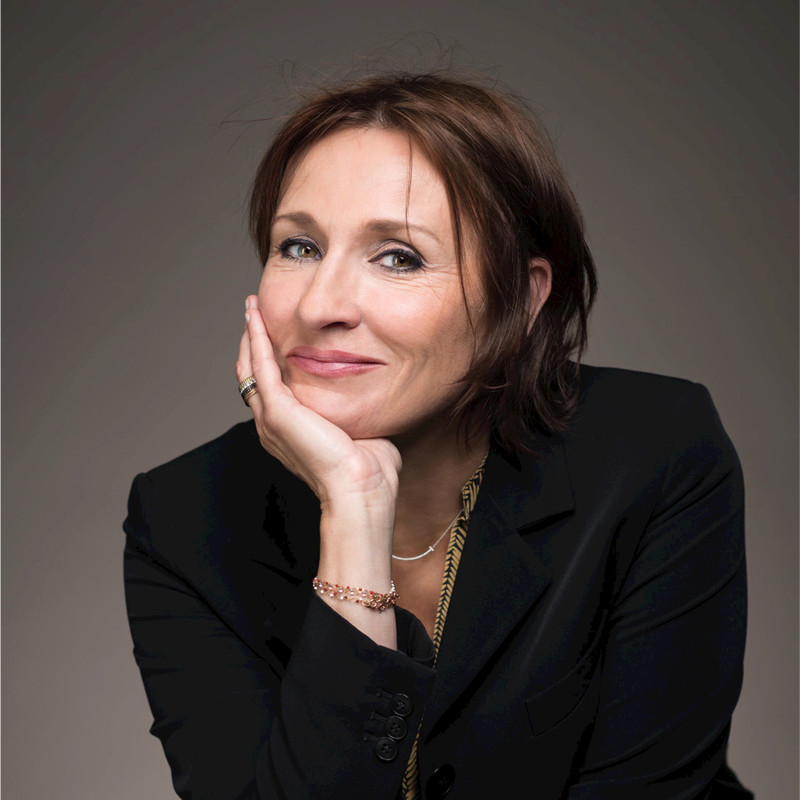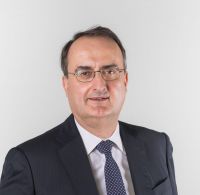- Home
- EN
- Our impact
- ProspeKtive
- Urban diversity is a fundamental tool for city success
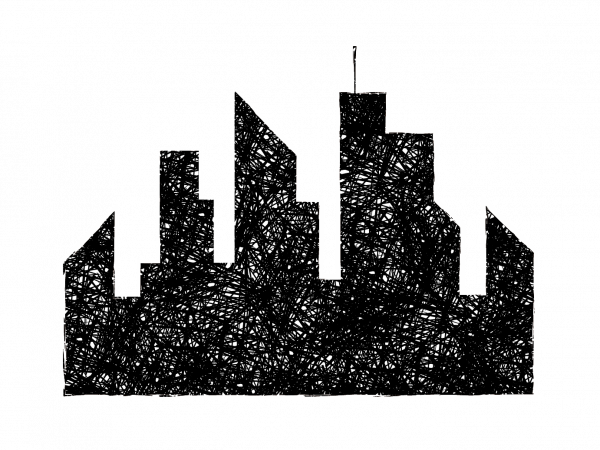
Urban diversity is a fundamental tool for city success
June 2021
The experts
Expert in all trades in the real estate value chain, the Kardham group has made urban diversity an essential element of the city of tomorrow and the best response to the economic, social and environmental issues facing the real estate sector.
Editorial in partnership with Business Immo published on 06/10/2021
Long focused on the functionalist planning of the Athens Charter which identifies the four main functions of the urban environment (working, moving around, recreating and living), cities are reinventing themselves, resisting the crisis as well as societal and environmental issues. “Concerns about mobility and sustainable development make functional and urban diversity essential. It has the power to cure the ailments of our cities which have tended to develop too quickly and in a less than optimal way,” assures Chantal Aïra-Crouan, associate architect and head of the Paris Île-de-France Architecture division in Kardham. Urban diversity in particular provides an answer to the problem of density within cities, which has become a critical point in the current health context. "Our cities are the image of our needs and these have fundamentally evolved under the double impetus of progress in digital technologies and the health crisis which made us discover that these technologies made possible a different functioning of cities from what we have known until now”, explains Roman Coste, Managing Director of the group. The conjunction of these two factors comes, for the latter, to question the sacrosanct rule of the unity of time, action and place of buildings. No more single use, for a given time and function, the building of tomorrow is combined in the plural and in the long term.
Getting out of the "sectorization" of territories
The development of teleworking has freed up real estate by freeing it from the sectorization that prevailed in certain business districts of the capital or large metropolitan areas. Bustling with activity by day, they transformed into a dead city after dark. Set to continue, the underlying trend of remote work is reshuffling the organization of cities. The same is true for office buildings, which are already underused and whose occupancy is expected to decline further - by 15 to 40% depending on business needs - in the years to come. "This real estate vacated or to be rebuilt will have to be rethought through a new roadmap and initiatives geared towards reuse, the pooling of resources and the optimization of spaces", indicates Roman Coste. Faced with regulatory pressure, real estate players will have to do better with less. Urban diversity responds to these constraints by allowing a hybridization of functions and uses at the level of the building, but also of the city and the territories. "These plural combinations take the territories out of a certain sectorization by no longer assigning them a single destination - residential, tertiary or industry - but by offering a finer and more heterogeneous mix of functionalities", adds the director. The emergence of third places, in particular, will lead to a more diffuse distribution of flows and break with the logic of concentrating populations on a single workplace. “Urban diversity is divided into two axes: horizontal, with an expansion of public space into private space, and vertical, inside the buildings themselves, where large tertiary companies are considering a more efficient use. square meters, in line with users' aspirations,” explains Chantal Aïra Crouan.
Economic reality and social mix
At the territorial level, urban diversity also encompasses mobility issues. The new urban centralities indeed encourage soft mobility and are based on the creation of a nucleus of life on a human scale. However, this urban revolution needs to be anticipated. "Today we have to work on town planning documents and modify the local town planning plans (PLU) of inter-municipal authorities in order to promote and include in towns a diversity of urban functions and social mix", concedes Chantal Aïra Crouan, who advocates financial, tax or land incentive mechanisms intended to encourage the introduction of activities that do not yet exist today. On the positive side, investors are increasingly anticipating uses and integrating this new real estate situation into their financial strategy. “The health crisis has created exceptional opportunities for change for the real estate industry. The valuation of assets is calculated on the basis of new parameters that investors take into account in order to sustain their operations and dilute their risks,” notes Roman Coste. He finds that the pyramid has been inverted by putting the user at the center of the thinking of real estate developers. “Until then, the city and the building allowed one or more tasks to be accomplished. From now on, the user wants to live a unique experience, which he will not find at home or in a third place,” he continues, convinced that the real estate industry has all the necessary tools (for example, Kardham is with a digital subsidiary, the leading digital services company (ESN) in the sector) to successfully meet the challenge of urban diversity.
Release date: June 2021

